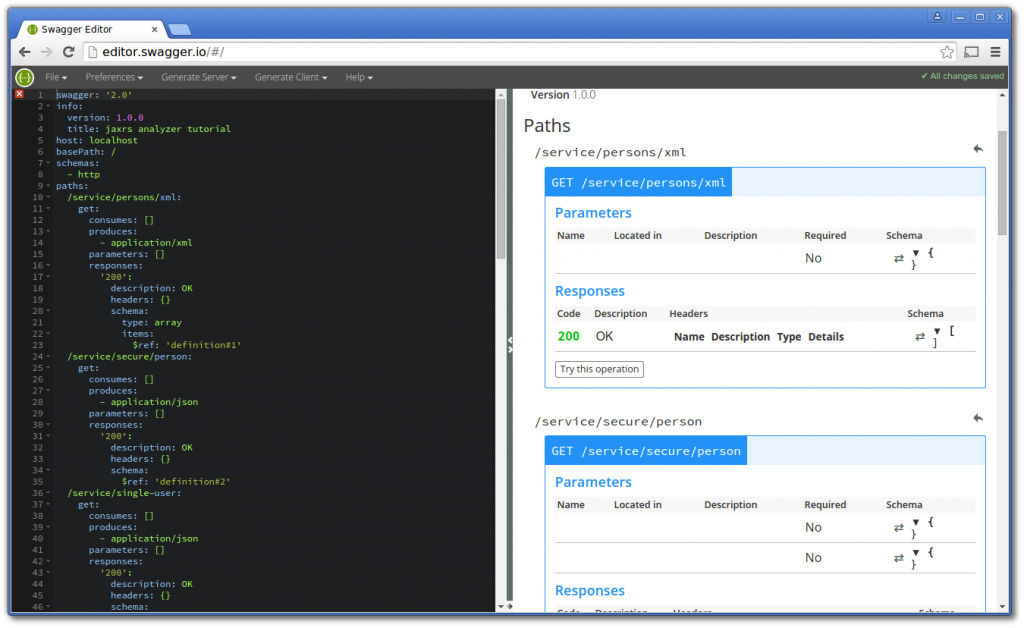
Creating REST Clients for JAX-RS based Webservices with Netflix Feign
For us developers there plenty of libraries exist helping us in deriving and generating clients for existing RESTful web-services and I have already covered some of the in this blog (e.g. the JAX-RS Client API). Nevertheless, I’d like to share my experience with another interesting lightweight library here: Netflix Feign. Feign offers a nice fluent-builder API, a rich integration for common libraries and APIs like JAX-RS, Jackson, GSON, SAX, JAX-B, OkHttp, Ribbon, Hystrix, SLF4J and more and last bot not least, it is setup easy and the service contracts are specified using interfaces and annotations. ...


